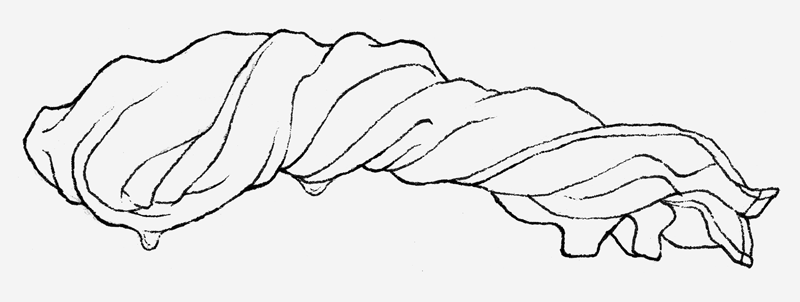Linen:
past, present, and future.

From 10,000 years ago,
and from today on,
linen leads us through life.
Wanting to understand what it meant to be truly comfortable, for a long time, I have examined linen.
The reason why is because, it is the natural fiber with which humans have had the longest relationship.
Approximately 10,000 years ago people discovered its pleasant feel, and have incorporated it into their daily lives. The more vigorously it is washed, the smoother linen becomes.
It's even been said that its texture becomes most beautiful several years after its use.
For setting the background of a high quality lifestyle, from the day you first pick it up, to a long relationship together.
MUJI, has learned its lessons well from linen, and produces products for lifestyles.
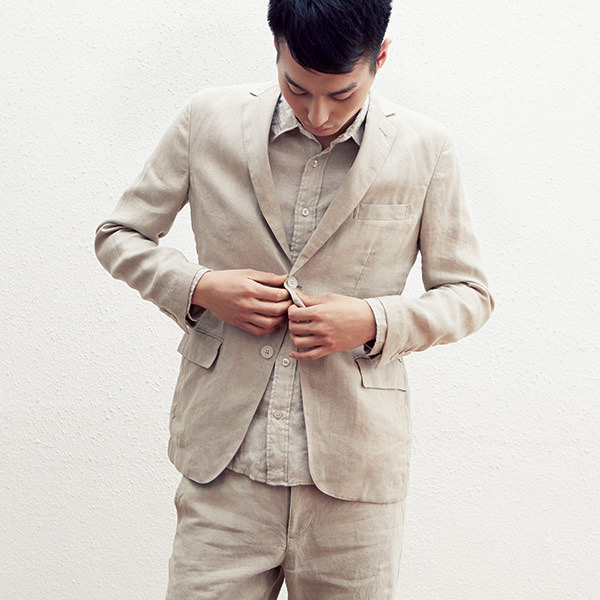
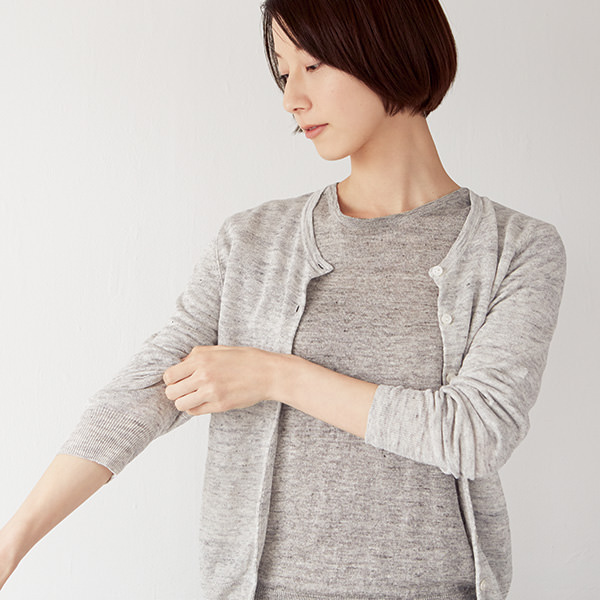
The skin knows.
The bumps on linen fiber have properties that absorb moisture from the skin, and quickly release them into the air.
For that reason, in seasons where we perspire a lot, by wearing linen we can keep the skin feeling fresh and comfortable.
Coarse and faded from washings. Linen can be smoothed out with an iron.
One layer of linen can bring about a variety of comfort and enjoyment to the skin.
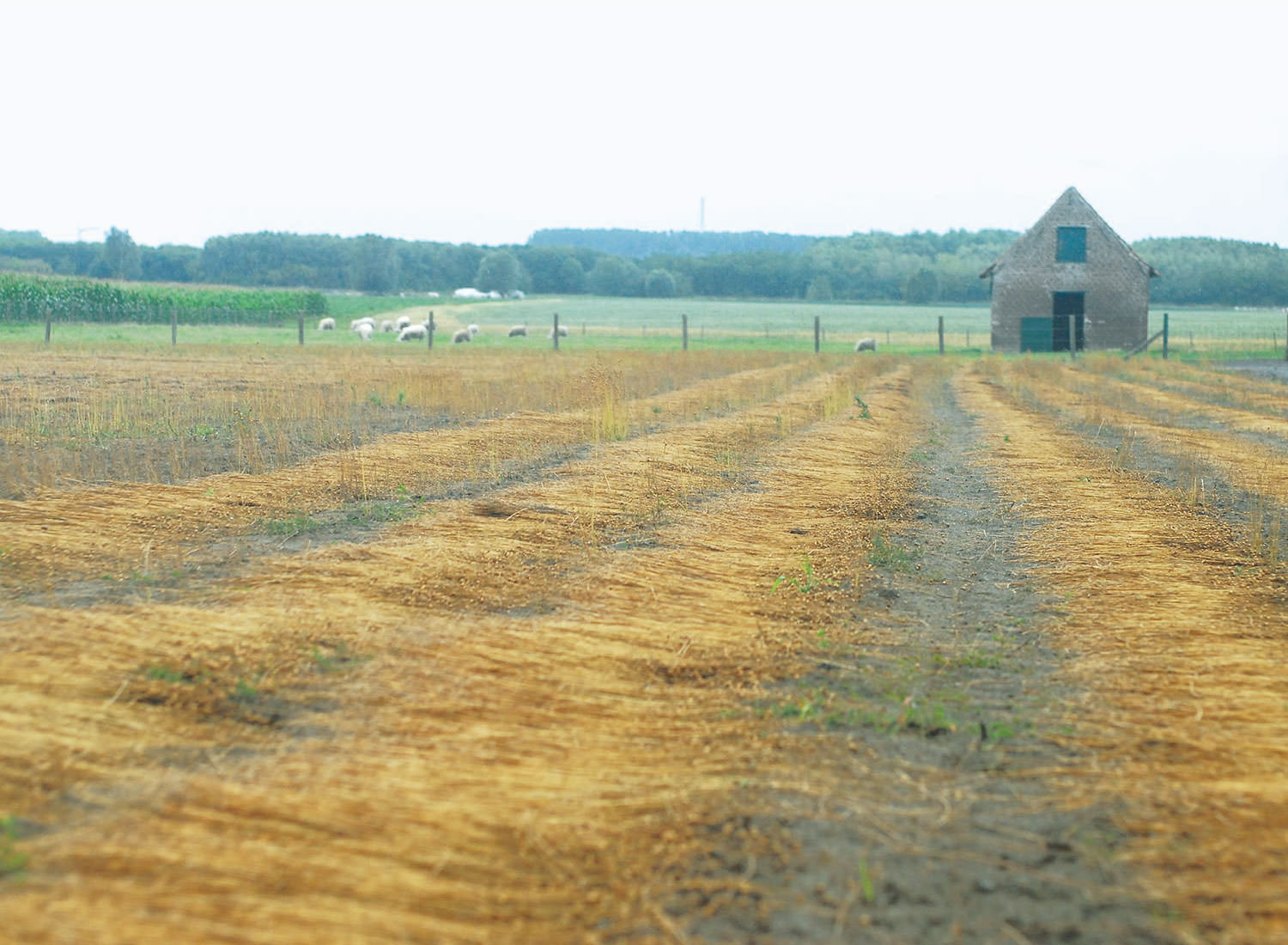


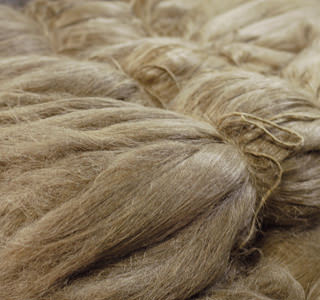

The colors of linen are the Earth itself.
These grayish ecru colors are the colors of linen, developed between France and Belgium, in the Flanders region.
As a natural material, linen reflects the condition of the fields in which it was raised, that year's weather conditions, and its individuality comes forth in its unique colors and texture.
With the added experience of many farmers who have passed down these traditions over several generations, it culminates in the color and texture of this linen.
MUJI selects its materials with the utmost and greatest respect for a region's natural advantages and production methods.

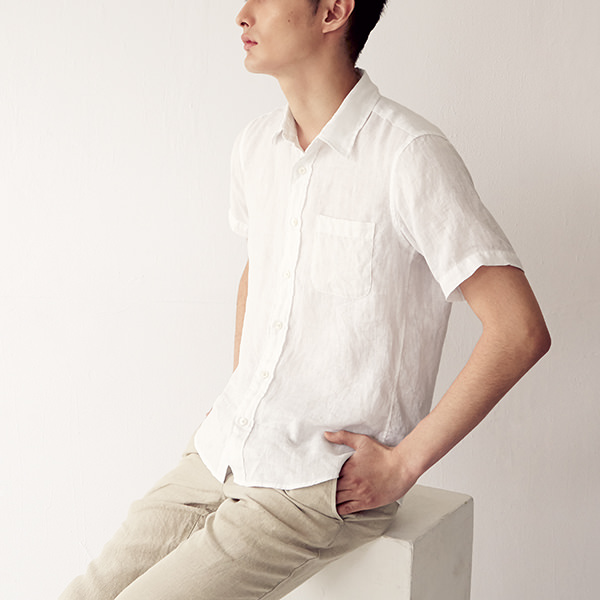
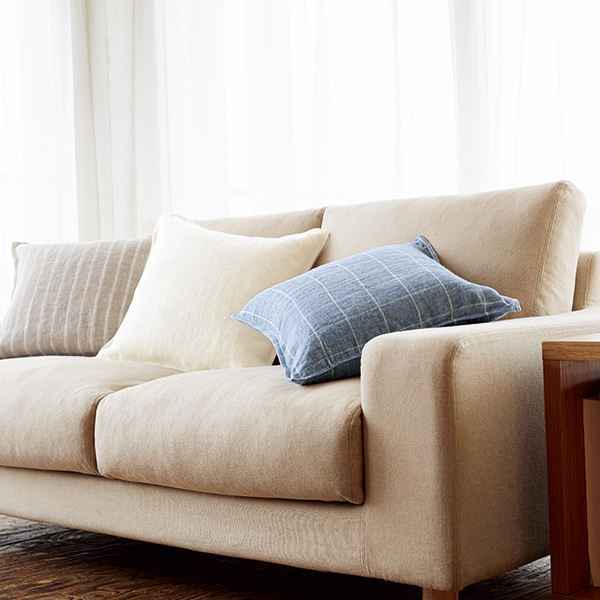
Linen, for rainy seasons.
Because linen fibers are hollow, linen has the advantage of drying faster compared to other natural fibers. And because of the length of the fibers, it can withstand repeated washings.
Even during damp rainy seasons, large items such as bed covers and towels can be washed without worry.

Perfect, in one layer.
When venturing outdoors in the summer, go with the comfort of linen.
Through its absorption of sunlight and cold, you will always be in perfect comfort.

It feels cool!
Proper handling of linen
To wash properly
Linen is an easily washable material. It is said that its fibrous strength increases when wet, and so is able to withstand repeated washings.
However, flourescent agents will damage its color, and bleach will harm the fibers, so please refrain from their usage.
We recommend washing in warm water up to 40℃(104℉).
* Because washing methods will vary from product to product, make sure to always verify washing instructions.
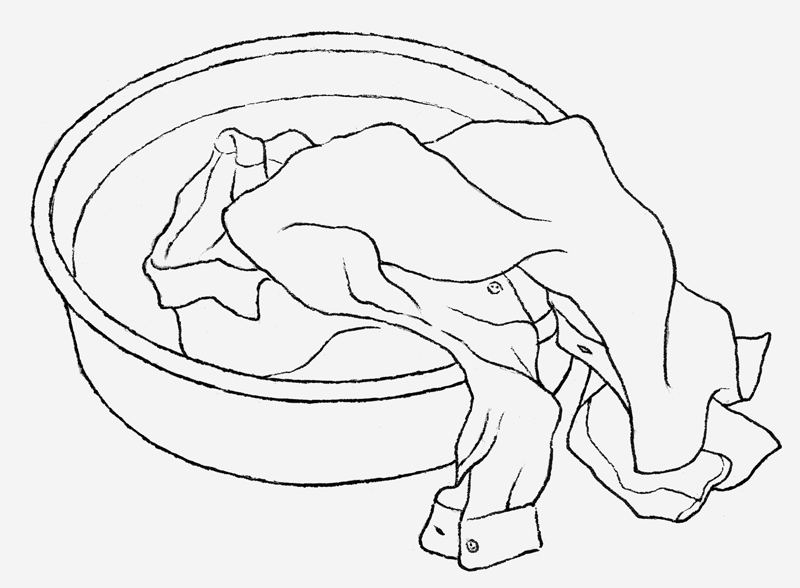
How to dry
After lightly spin-drying, straighten out the shape, smooth out the wrinkles and hang dry. This will make the ironing afterwards smoother.
Bed linens and kitchen cloths can be used after only hang drying.
Use of a machine dryer can shrink and damage fabric, and should be avoided.
Linen has superior drying properties, and dries quickly in comparison with other natural fibers.
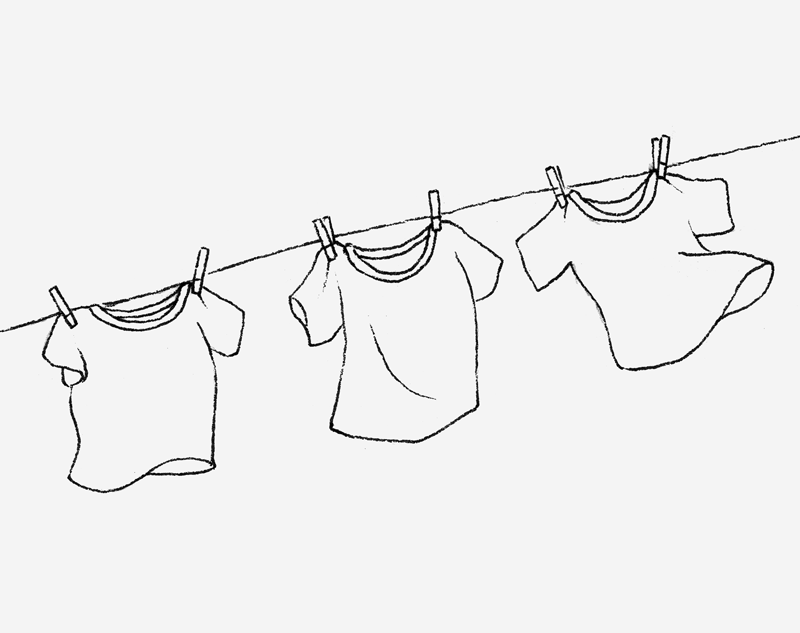
How to iron
The trick to beautifully ironing linen is to apply moisture through a mist spray, or iron on medium heat iron while dry.
If concerned about overlapping or gleaming, please apply a filler cloth.
Iron first from the back to smooth out small wrinkles, and next iron the front to complete the process nicely.
How to store
The proper method of storing linen is to dry and store in a cool area.
Furthermore, if ventilation is poor, it can lead to mold, so please refrain from sealing in cellophane or plastic bags for long periods.
To avoid dust, we recommend wrapping in thin paper.
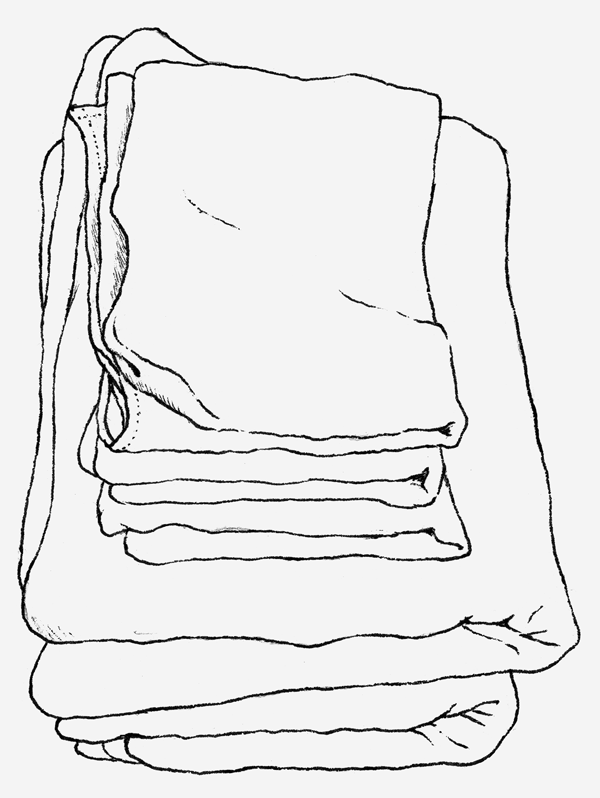
What to do in case of stains
The longer a stain is allowed to remain, the harder it is to remove.
If a stain occurs, please wash as soon as possible.
